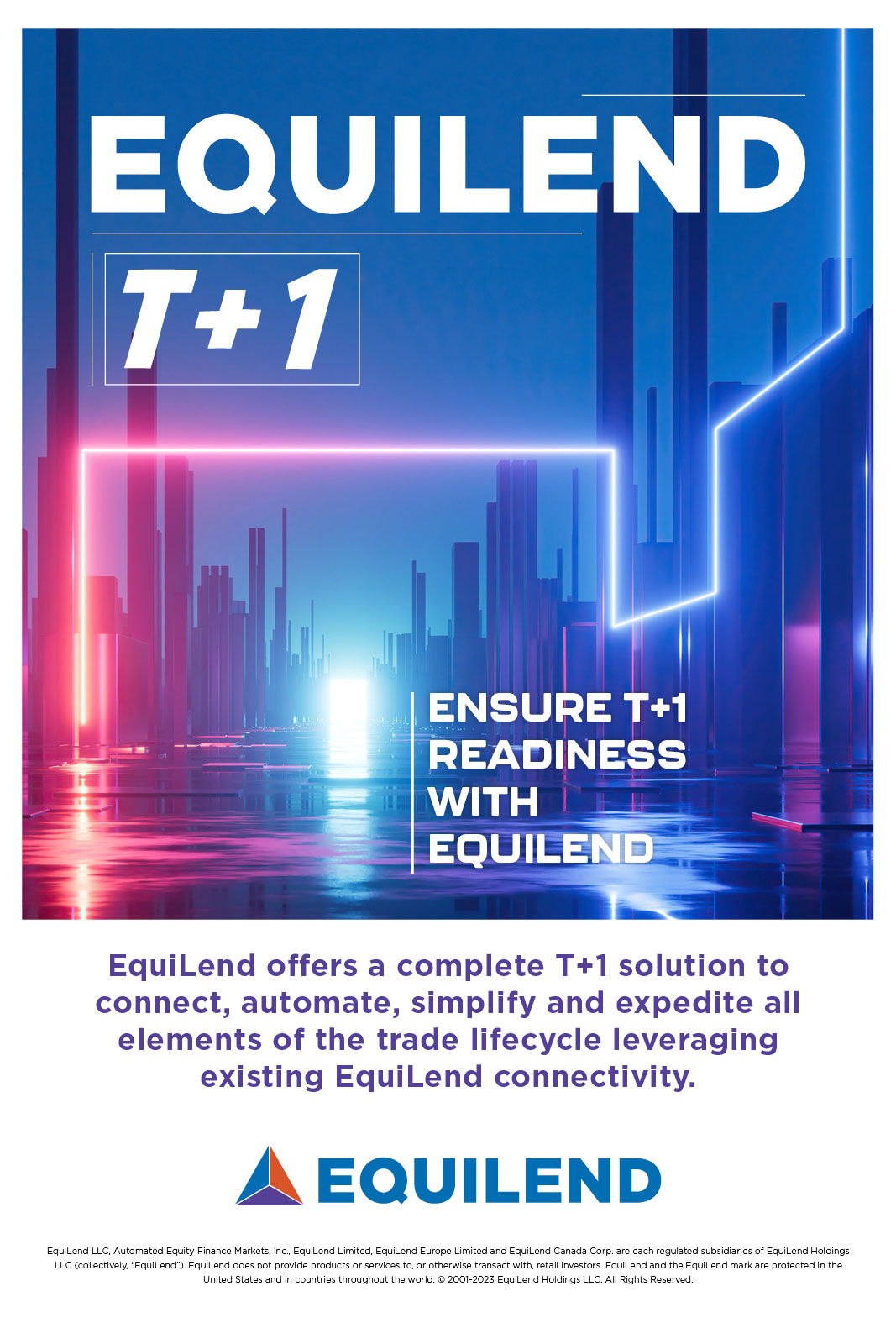Industry calls for change to US federal funds open rate
05 May 2016 New York
 Image: Shutterstock
Image: Shutterstock
ICAP's federal funds open rate (FFOR) should be replaced by the the Federal Reserve Bank of New York’s new overnight bank funding rate (OBFR) as a benchmark for pricing and performance reporting, industry associations have argued.
The Risk Management Association (RMA) and the Securities Industry and Financial Markets Association (SIFMA) have backed the OBFR as an alternative because it would better address the benchmark standards recommended by the International Organization of Securities Commissions (IOSCO).
The new rate will be adopted from 27 July 2016, at which point ICAP will cease to publish the FFOR.
Fran Garritt, director of securities lending and market risk at the RMA, said: “Choosing the OBFR makes sense at a time when industry participants are focused on the IOSCO guidelines and other standards that are attempting to confirm the accuracy and transparency of benchmarks.”
Rob Toomey, managing director and associate general counsel at SIFMA, added: “As the market transitions away from the FFOR, we look forward to working with all market participants to ensure a smooth changeover as they move to implement this recommendation.”
The proposed benchmark alternative was endorsed by the Treasury Market Practices Group (TMPG), which initiated the process of finding a suitable alternatives to ICAP’s FFOR following IOSCO’s recommendations were published in 2013.
Tom Wipf, chair of the TMPG, said: “Using benchmarks that comply or are consistent with the IOSCO principles is a TMPG best practice. The TMPG appreciates the leadership of the RMA and SIFMA in identifying a benchmark for pricing and performance reporting purposes that is consistent with the IOSCO Principles.”
In a brief on the proposed amendment, the TMPG outlined the reasons behind the need for a change, stating: “ICAP, the publisher of the FFOR, does not consider the FFOR to be a benchmark under the IOSCO principles yet it is utilised by market participants as if it did have the attributes of a benchmark.”
“Since then, the TMPG has worked with the RMA and SIFMA to advance the replacement of the FFOR with benchmarks that are compliant or consistent with the IOSCO principles.”
SIFMA expanded on this, stating: “As the TMPG noted in its case study of the use of benchmarks in TMPG covered markets, because the FFOR is based on a limited volume of transactions it may be less reflective of the underlying financial interest it is trying to measure than if it were a calculation based on a large volume of data points.”
The RMA and SIFMA clarified that the proposal should only be viewed as a recommendation for their members “in order to promote the smooth functioning of the market”.
“The recommendation does not and should not restrict the flexibility of counterparties to negotiate the specific terms of any particular transaction or contractual relationship.”
The OBFR, which the Federal Reserve Bank of New York began publishing on 2 March, includes overnight federal funds and certain eurodollar transactions, and is published on most days at approximately 9 am New York time.
The Risk Management Association (RMA) and the Securities Industry and Financial Markets Association (SIFMA) have backed the OBFR as an alternative because it would better address the benchmark standards recommended by the International Organization of Securities Commissions (IOSCO).
The new rate will be adopted from 27 July 2016, at which point ICAP will cease to publish the FFOR.
Fran Garritt, director of securities lending and market risk at the RMA, said: “Choosing the OBFR makes sense at a time when industry participants are focused on the IOSCO guidelines and other standards that are attempting to confirm the accuracy and transparency of benchmarks.”
Rob Toomey, managing director and associate general counsel at SIFMA, added: “As the market transitions away from the FFOR, we look forward to working with all market participants to ensure a smooth changeover as they move to implement this recommendation.”
The proposed benchmark alternative was endorsed by the Treasury Market Practices Group (TMPG), which initiated the process of finding a suitable alternatives to ICAP’s FFOR following IOSCO’s recommendations were published in 2013.
Tom Wipf, chair of the TMPG, said: “Using benchmarks that comply or are consistent with the IOSCO principles is a TMPG best practice. The TMPG appreciates the leadership of the RMA and SIFMA in identifying a benchmark for pricing and performance reporting purposes that is consistent with the IOSCO Principles.”
In a brief on the proposed amendment, the TMPG outlined the reasons behind the need for a change, stating: “ICAP, the publisher of the FFOR, does not consider the FFOR to be a benchmark under the IOSCO principles yet it is utilised by market participants as if it did have the attributes of a benchmark.”
“Since then, the TMPG has worked with the RMA and SIFMA to advance the replacement of the FFOR with benchmarks that are compliant or consistent with the IOSCO principles.”
SIFMA expanded on this, stating: “As the TMPG noted in its case study of the use of benchmarks in TMPG covered markets, because the FFOR is based on a limited volume of transactions it may be less reflective of the underlying financial interest it is trying to measure than if it were a calculation based on a large volume of data points.”
The RMA and SIFMA clarified that the proposal should only be viewed as a recommendation for their members “in order to promote the smooth functioning of the market”.
“The recommendation does not and should not restrict the flexibility of counterparties to negotiate the specific terms of any particular transaction or contractual relationship.”
The OBFR, which the Federal Reserve Bank of New York began publishing on 2 March, includes overnight federal funds and certain eurodollar transactions, and is published on most days at approximately 9 am New York time.
NO FEE, NO RISK
100% ON RETURNS If you invest in only one securities finance news source this year, make sure it is your free subscription to Securities Finance Times
100% ON RETURNS If you invest in only one securities finance news source this year, make sure it is your free subscription to Securities Finance Times



